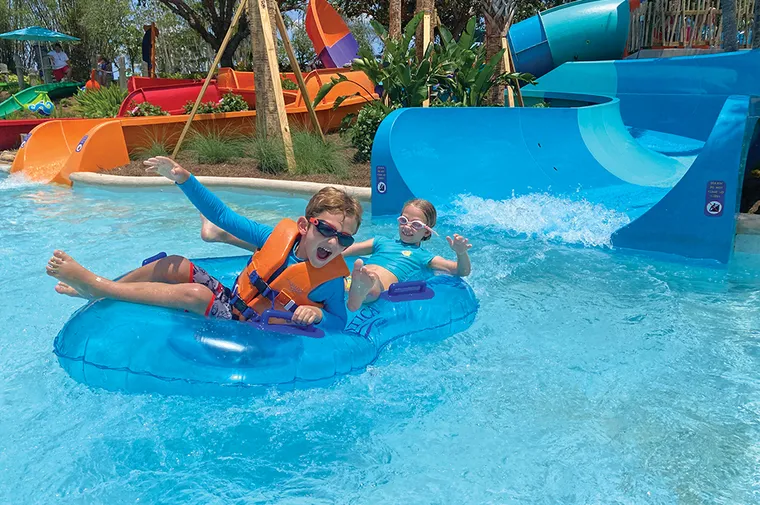Trends for the community waterpark
By Josh Martin
As the popularity of waterparks continues to rise, local governments and municipalities have sought ways to bring the waterpark experience to their local community aquatic facilities. Trends in more family-oriented attractions, theme park environments, or bigger and better parks in general have saturated the space. Community leaders must look at the investment needed for some of these waterpark trends to obtain a solid return and to stay relevant in a competitive landscape.

